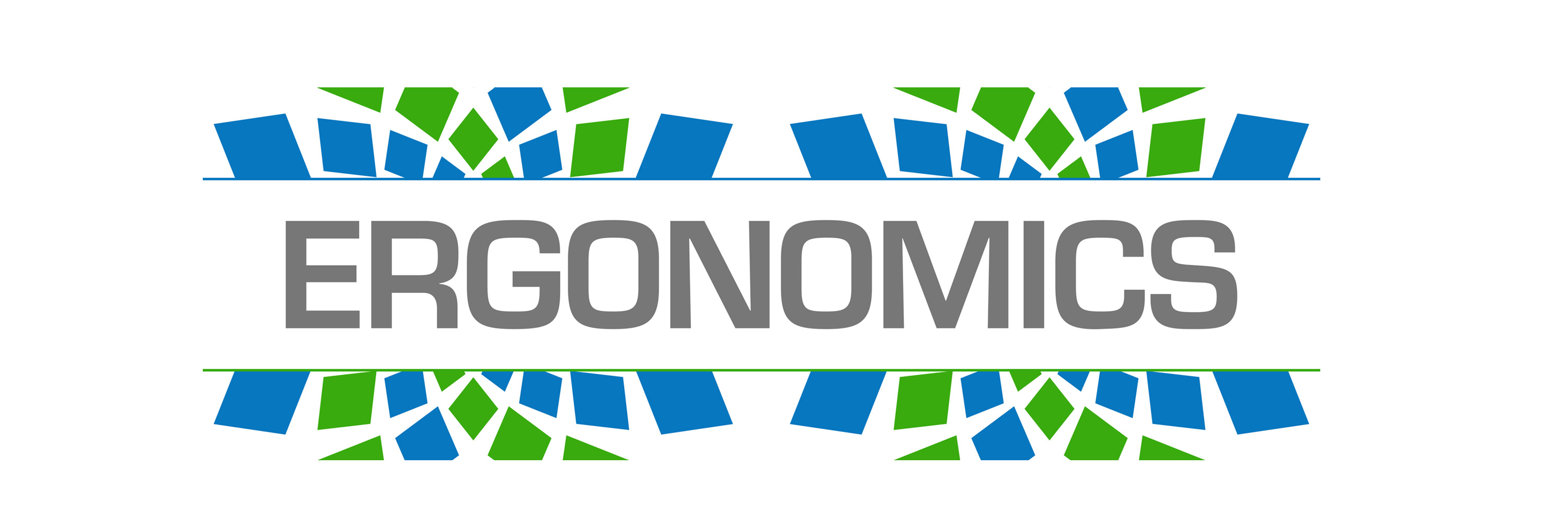
Otolaryngologists are no strangers to ergonomic challenges.
Work in the field often requires use of endoscopes, head-mounted lighting, loupe magnification and many repetitive fine motor movements.
“Chronic musculoskeletal pain is prevalent among otolaryngologic surgeons, with many procedures producing high ergonomic risk,” according to authors of a study recently published in Otolaryngology—Head and Neck Surgery. “Most studies evaluating interventions to decrease ergonomic risks demonstrate promising results, but standardization in methods and outcome reporting is needed.”
The comprehensive review was performed by three independent reviewers using an electronic database search.
“Literature shows that musculoskeletal pain begins in training, and there is a paucity of information related to ergonomic risk in otolaryngology residency curriculums,” the authors wrote. “Work-related musculoskeletal disorders related to poor workplace ergonomics have the potential to limit career longevity and lead to physician burnout.”
There is, however, good news: Interventions to reduce the risk are effective and tend to be well received by physicians.
A few recommendations for ways otolaryngologists can prevent pain, from a presentation by Dr. John P. Gleysteen, called “Surgical Ergonomics in Otolaryngology,” include:
_____________________________________________________________________________________
Related: More Ergonomics Training Needed For Otolaryngologists
https://singleuseendoscopy.com/more-ergonomics-training-needed-for-otolaryngologists
_____________________________________________________________________________________
Who’s Most Impacted by WRMD?
In a separate systematic review and meta-analysis published in The Laryngoscope, researchers sought to determine what percentage of otolaryngologists experience work-related musculoskeletal discomfort, known as WRMD.
The findings showed that 79 percent of general otolaryngologists reported suffering from WRMD. Surgeons who primarily perform subspecialty cases reported fewer issues with WRMD than those who performed general ENT cases.
As many as 84 percent of those studied reported undergoing medical treatment for WRMD. Between 23 percent and 62.5 percent of otolaryngologists reported that the work-related discomfort negatively impacted their quality of life.


